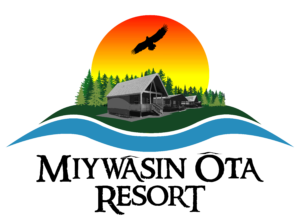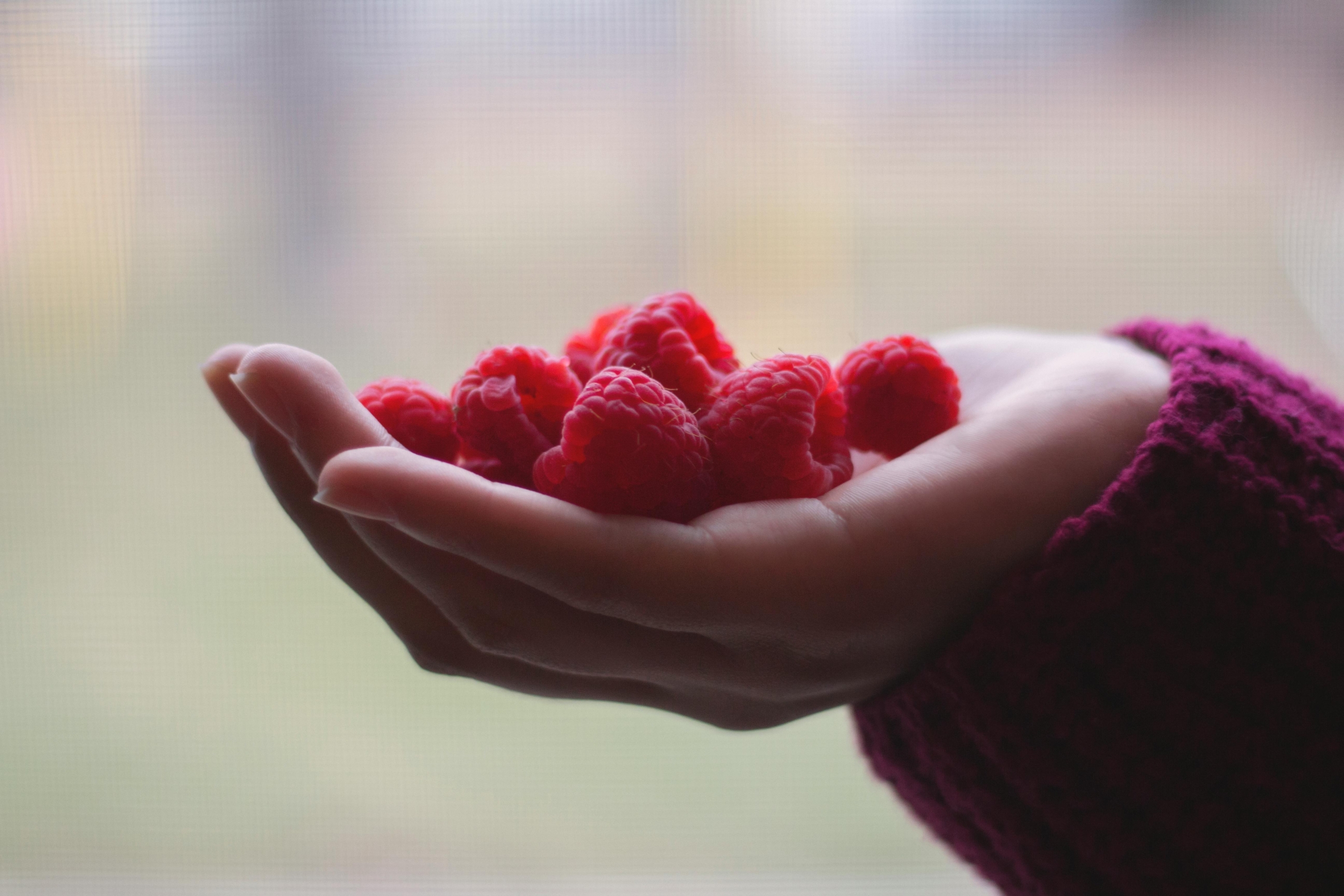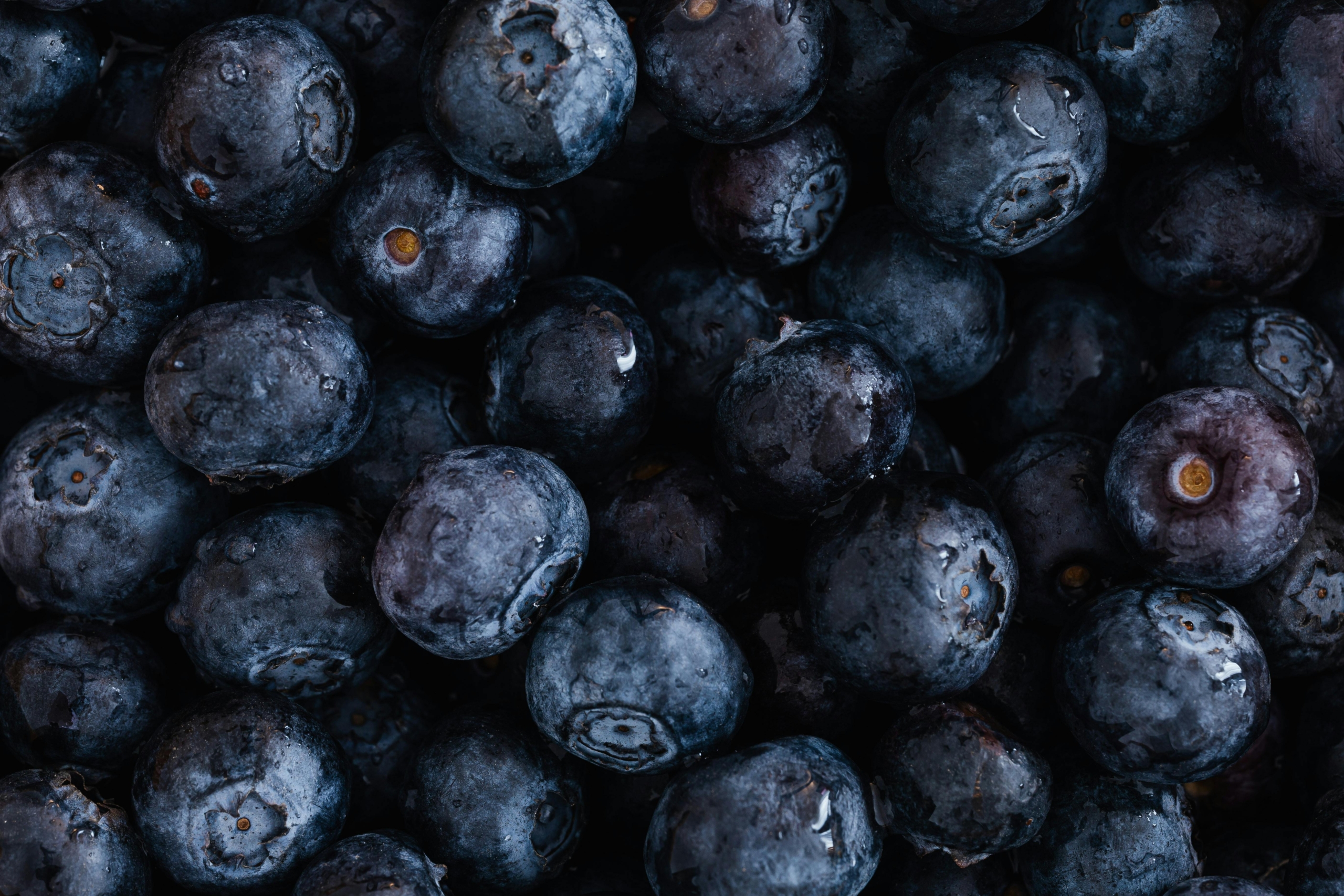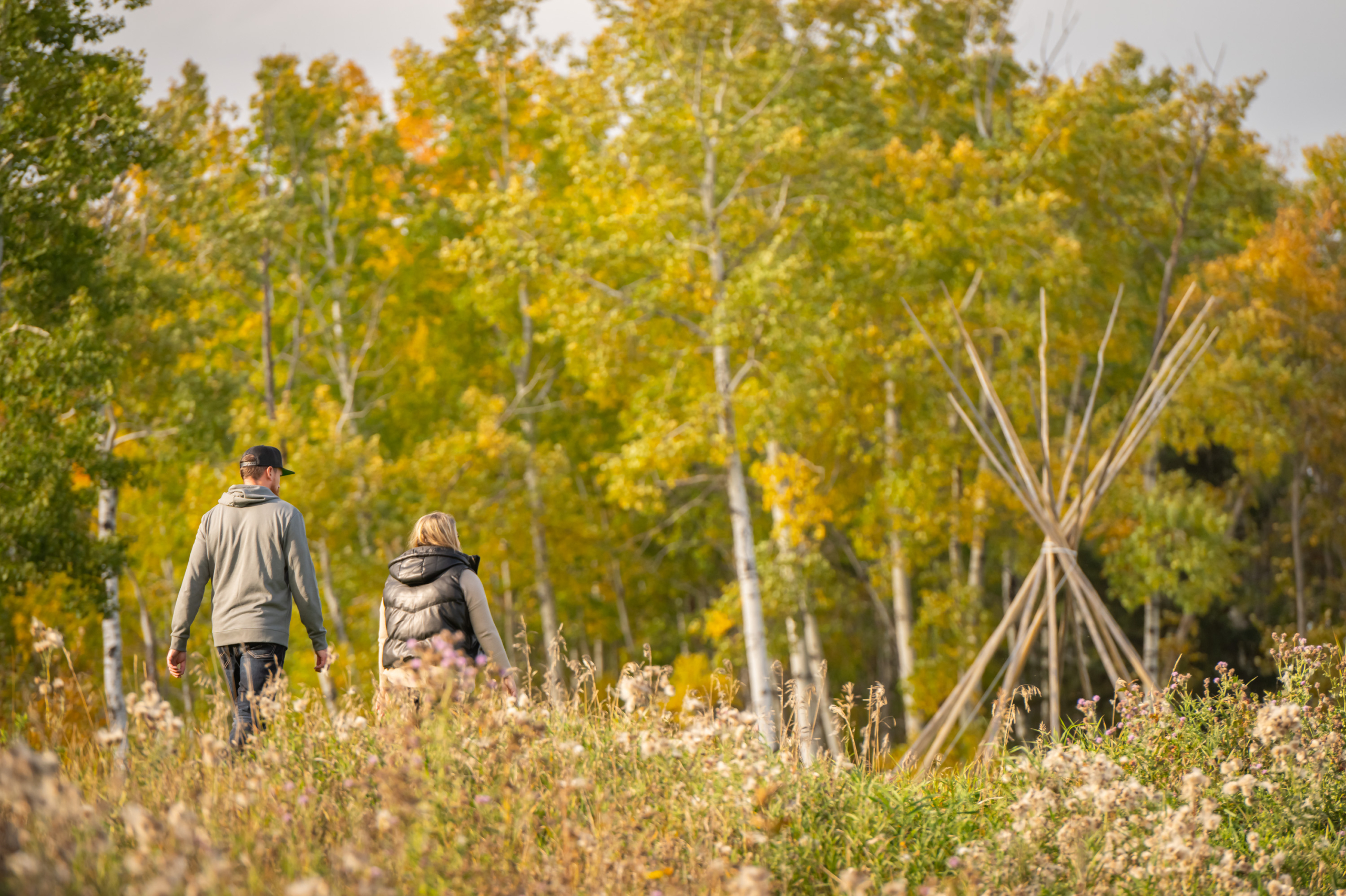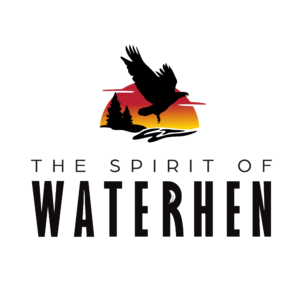Indigenous Plants of Saskatchewan
These are five native plant species that are used in Indigenous cooking, which you can taste at our neighboring resort, Waters Edge Eco Lodge. Here’s what these five plants can do for your diet along with some unique facts.
How Indigenous Plants of Saskatchewan Are Used
Plant knowledge is sacred in Indigenous culture, which means not everyone gets access. Plants have been used as medicine for centuries, with certain remedies still being used today. Some of the plants listed here can double as both delicious additions to daily meals and as symbols in cultural events.
Five Indigenous Plants of Saskatchewan
These are five Indigenous plants of Saskatchewan that are also honored by local culture and cuisines. Some you may be able to find along hiking trails in Saskatchewan while others you’ll have a chance to try at local restaurants. Check out the Waters Edge Eco Lodge restaurant for a taste!
Blueberries
Northern blueberries native to Saskatchewan are commonly found around Meadow Lake and other areas with slightly acidic soil. They pop up around August and you can find bushes from 12 to 24 inches tall.
Historically, Indigenous families would travel far and wide to find their blueberry picking areas. Nowadays, there are local blueberry fields and farms where you can pick your own!
Blueberries are some of the most nutritious berries out there! Blueberries are packed with fiber, vitamin C, vitamin K, and manganese. Blueberries picked from the wild also tend to be higher in antioxidants than store-bought blueberries.
The roots, stems, leaves, and flowers from blueberry plants have also been traditionally used in various preparations. One of these is a relaxing tea that can be sipped during labor and childbirth. You can try an iced blueberry tea at the Waters Edge Eco Lodge on your next visit.
Chaga
Chaga, called pōsākan in Cree, is a type of mushroom that grows high up on birch trees. It has a dark charcoal-like outside and warm burnt orange colour on the inside. Chaga is well-known as a traditional medicine in Indigenous communities, especially as an overall health booster.
Chaga has natural anti-inflammatory properties as well as the ability to lower blood sugar. The fungus is also known for lowering cholesterol, along with protecting against cancer and heart disease.
If you find chaga, you can make your own tea or skip the foraging buy it as a supplement. Just remember, if you harvest local plants, make sure you leave some in the area to grow back for the next season.
Juniper
Found in light, rocky soil, juniper is one of many evergreen species found in Saskatchewan. Juniper is actually part of the cypress family and you can spot it by looking for a scraggly bush with green to blue-ish leaves.
Female juniper plants produce berries, called juniper berries, which make for a tart treat. You can also do much more than just eat them plain — you can add juniper berries to drinks, marinades, and spice rubs for a boost of flavor and added health benefits.
Juniper berries are high in vitamin C, like most berries, and can protect against yeast infections. Essential oils made from juniper also have antioxidant and antifungal properties.
Muskeg
Muskeg has a special place in Cree culture. The word for muskeg, kâkikêpakwa, means “forever leaves” in Cree. This is because the plant’s leaves never all die at once. This makes the plant especially valuable because it can be harvested in any season.
Muskeg has been used for centuries as a medicinal plant for treating coughs, chest and kidney conditions, headaches, diarrhea, sore throats and more. Canada has more muskeg than any other country in the world because of its natural landscape.
The muskeg plant has many other names, including labrador tea, bog labrador tea, marsh rosemary, and Hudson’s Bay tea. It’s usually made as a tea, which you can try at the Waters Edge Eco Lodge restaurant!
Raspberries
There are multiple varieties of wild raspberries that you can find in Saskatchewan. These include the Red raspberry (Rubus idaeus), Arctic raspberry (Rubus arcticus) and Trailing raspberry (Rubus pubescens). The red raspberry is the most common type found in Saskatchewan.
Raspberries are known for being tasty, but they’re also full of nutrients such as fiber, vitamin C, B-vitamins, omega-3 fatty acids, and potassium. Just a couple handfuls of raspberries will help you meet your vitamin C needs for the day!
If you want to find wild raspberries in Saskatchewan, make sure to visit at the height of berry season, from July to early September. Otherwise, you can usually find raspberries at your local grocer either fresh or frozen.
How to Harvest Respectfully
If you’re looking to snack on some wild blueberries or take some chaga home with you, there are a few things you should keep in mind. Remember these three things if you’re planning on taking anything from the natural world.
- Ensure you’ve identified correctly.
Whenever taking food or harvesting from the wild, make sure you’re 100% sure of what you’re picking. If you’re not sure, don’t take it — stay safe! - Only take what you need.
It’s unnecessary to harvest everything you find. Instead, consider the next traveler and leave lots of plant matter so it’s able to grow back next year. This protects the local ecosystem while you also get a small treat to appreciate! - Give thanks to nature.
It’s traditional in Indigenous cultures to give thanks for what is being provided by nature. You don’t necessarily need to offer anything in return, but take a moment to give thanks. This honors the Indigenous practices that have kept Saskatchewan so beautiful and bountiful for so long.
Try a Taste at Our Restaurant
Come to our other resort, Waters Edge Eco Lodge and visit our restaurant for some good old home cooking featuring Saskatchewan plants, locally grown and processed rice flour, and bannock, an Indigenous style of bread with a rich history.
Try a wild rice cinnamon bun or our signature eco lodge garden salad featuring a juniper dressing. All dishes are cooked by our very own local Indigenous chef! Looking something lighter? Taste our delicious labrador muskeg tea.
